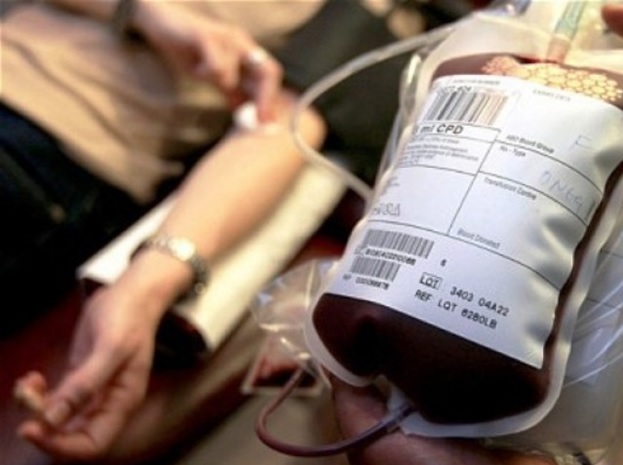Thalassemia Symptoms, Causes, Risk Factors, Complications, Diagnosis and Treatment

What Is Thalassemia ?
It is a blood disorder that runs in families. An individual with thalassemia has less R.B.C and low levels of hemoglobin, needed for normal functioning of the body. There are a number of its types, few of which are:
- Mediterranean anemia.
- Cooley’s anemia.
- Beta-thalassemia intermedia.
- Alpha-thalassemia.
R.B.Cs contains hemoglobin. This significant substance permits the R.B.Cs to carry oxygen. However, less R.B.C and low hemoglobin can lead to anemia, making the patient tired more often, as compared to a normal body. Mild cases may not require medical aid, though, suffering from a severe form require frequent blood transfusion. However, a number of self –care measures can help manage fatigue, for example regular exercising and following a healthy diet.
What Are The Symptoms Of Thalassemia ?
Few common symptoms of thalassemia are:
- Dark urine.
- Abdominal swelling.
- Slow growth.
- Facial bone deformities.
- Jaundice.
- Pale appearance.
- Weakness.
- Fatigue.
Symptoms depend upon the severity and type of thalassemia the patient is suffering from. Few babies tend to show symptoms at the time of their birth, whereas others develop them during 1-2 years after their birth. Few individuals with a single affected gene of hemoglobin never show any signs of thalassemia.
What Causes Of Thalassemia ?
It is rooted by the mutations that occur in the DNA of the particular cells responsible for producing hemoglobin. These mutations are carried forward from the parents to their children. In addition to this, the mutations responsible for causing the blood disorder disrupt the making of hemoglobin, on the other hand, leads to low levels of hemoglobin and an elevated rate of RBC destruction, resulting anemia. The blood of an anemic individual lacks sufficient RBC to carry oxygen, needed by the tissues, leaving the patient tired and inactive.
What Are The Risk Factors Of Thalassemia ?
Factors known for raising the risk are:
- Family history: As mentioned earlier, thalassemia runs in families. The mutated hemoglobin genes are carried forward from the parents to their children. Therefore, having a family history raises your chance of thalassemia.
- Specific ancestry: It is observed, that the blood disorder commonly occurs in African, Asian, Middle Eastern, Greek and Italian ancestry.
What Are The Complications Of Thalassemia ?
A number of complications, the blood disorder can lead are:
- Iron overload.
- Infection.
- Bone deformities.
- Splenomegaly.
- Slowed growth rates.
- Heart problems.
How Is Thalassemia Diagnosis ?
As mentioned earlier, few children with thalassemia show its symptoms at the time of their birth, or within 1-2 years after their birth. In case the doctor has doubts that the child is suffering from thalassemia, then he would confirm the diagnosis by conducting blood tests.
How Is Thalassemia Treatment ?
Its treatment depends upon the severity and type of thalassemia you are suffering from.
- For mild cases: blood transfusion (occasionally).
- For moderate-severe cases: stem cell transplant, regular blood transfusion.
How Is Thalassemia Preventable ?
Unfortunately, no! Since it a hereditary blood disorder, there is no such action to prevent it from developing!
By : Natural Health News




